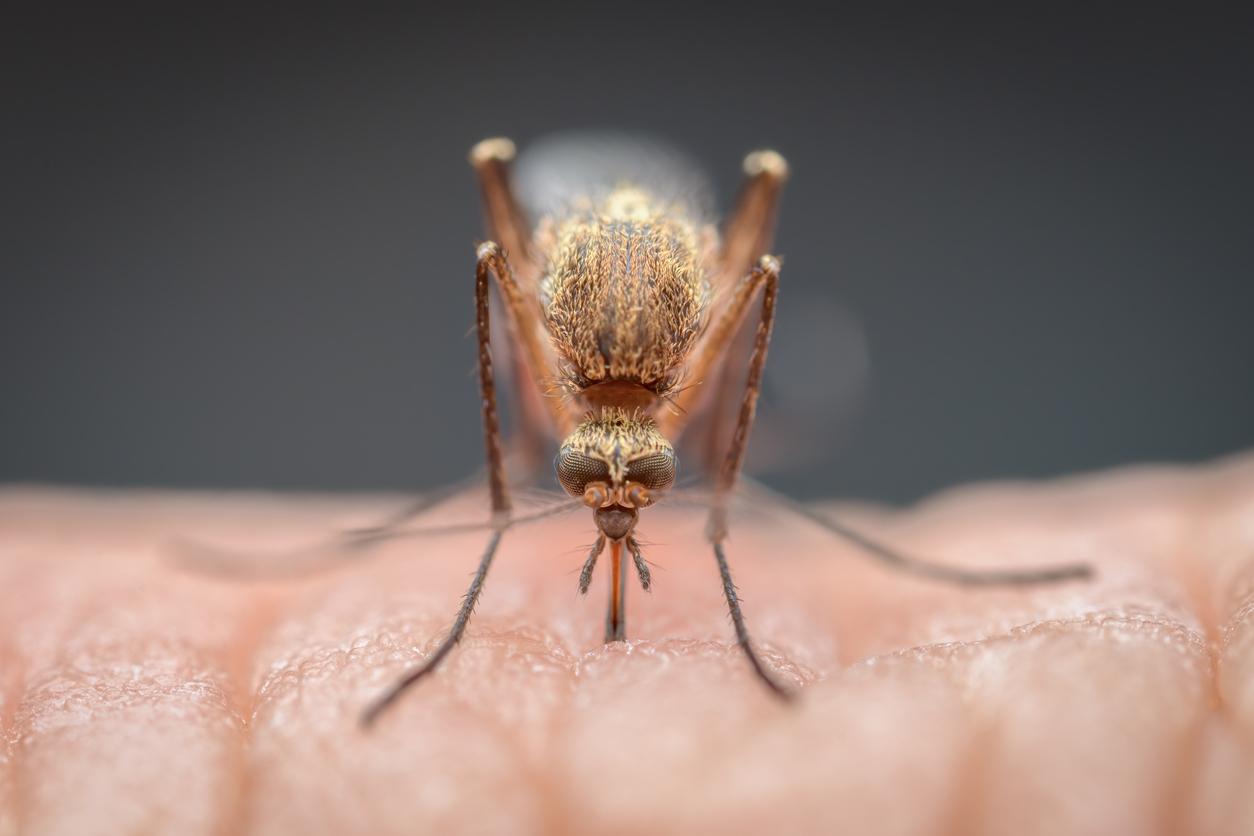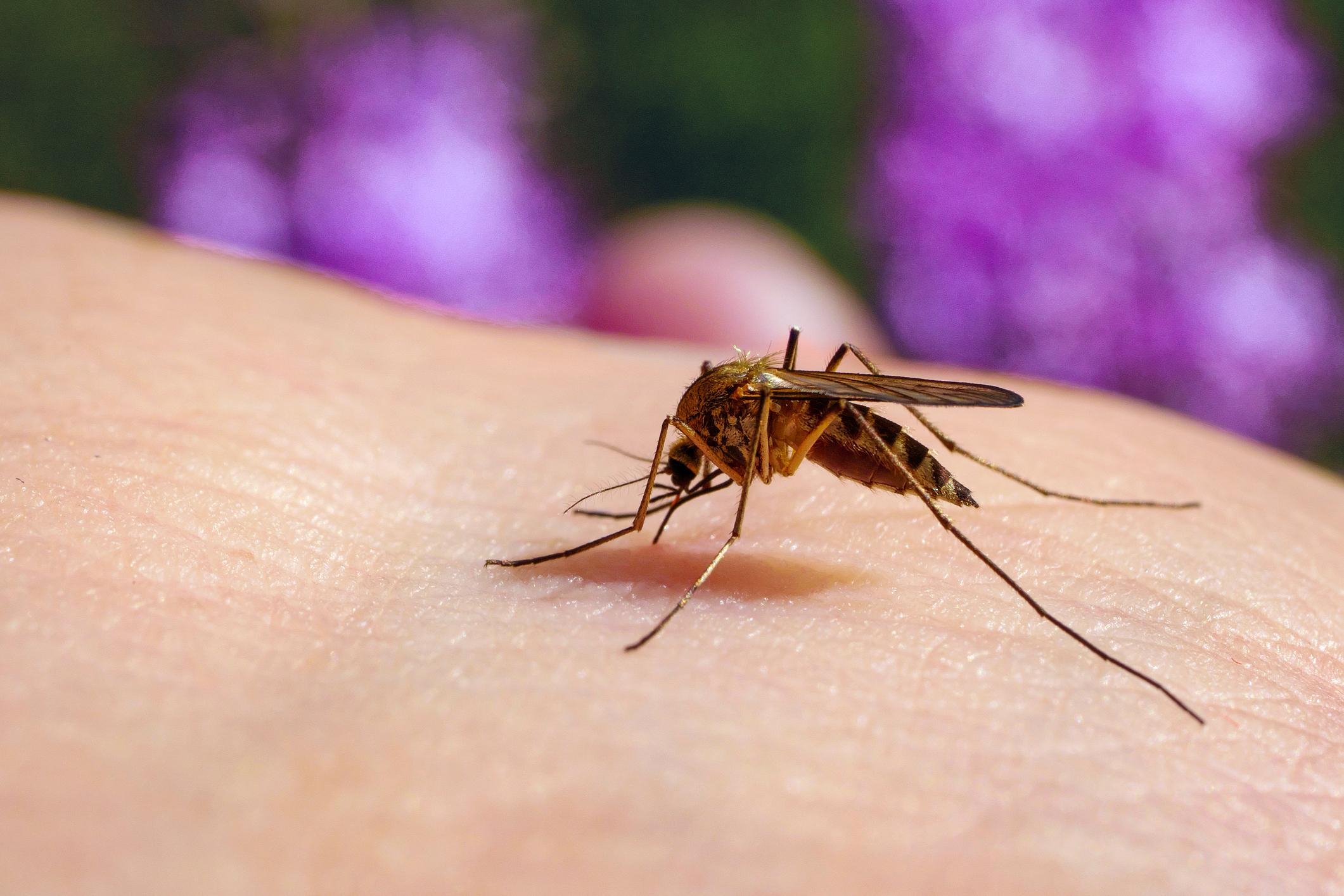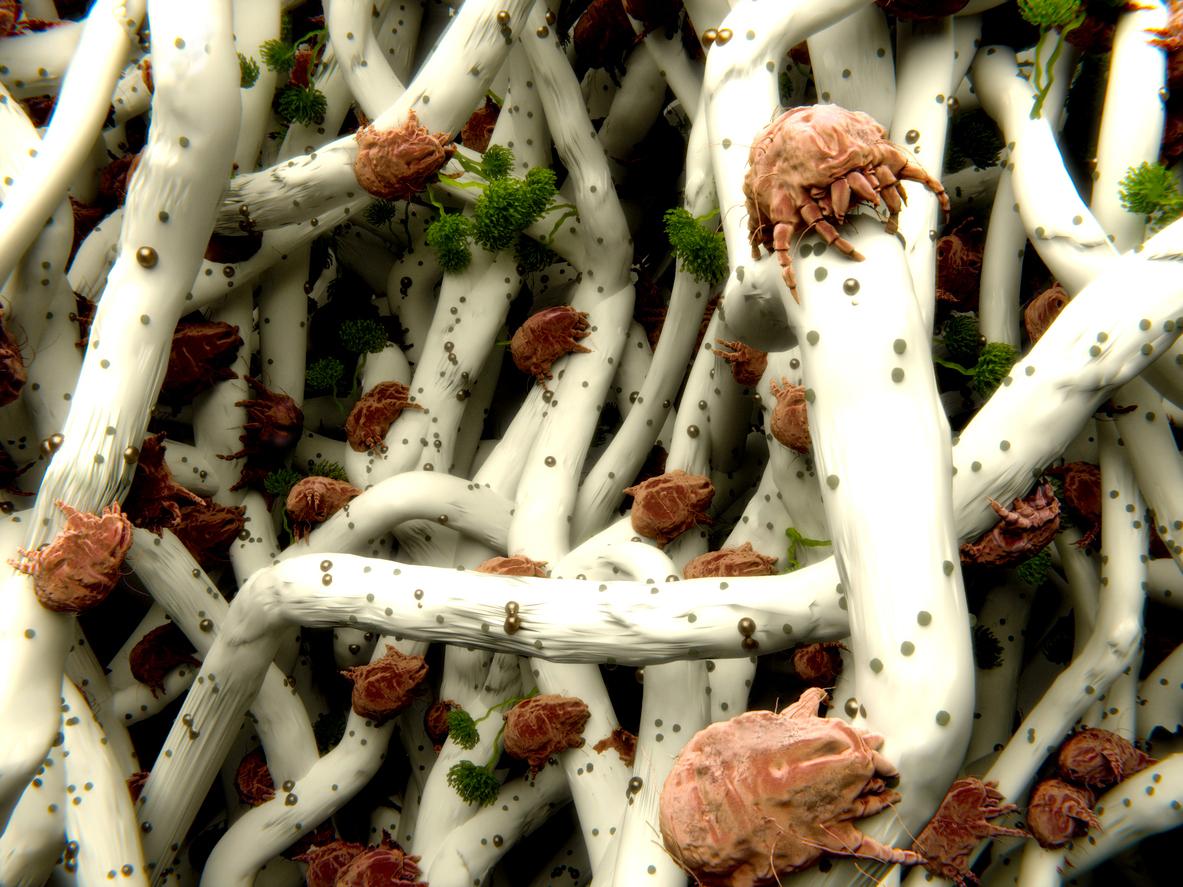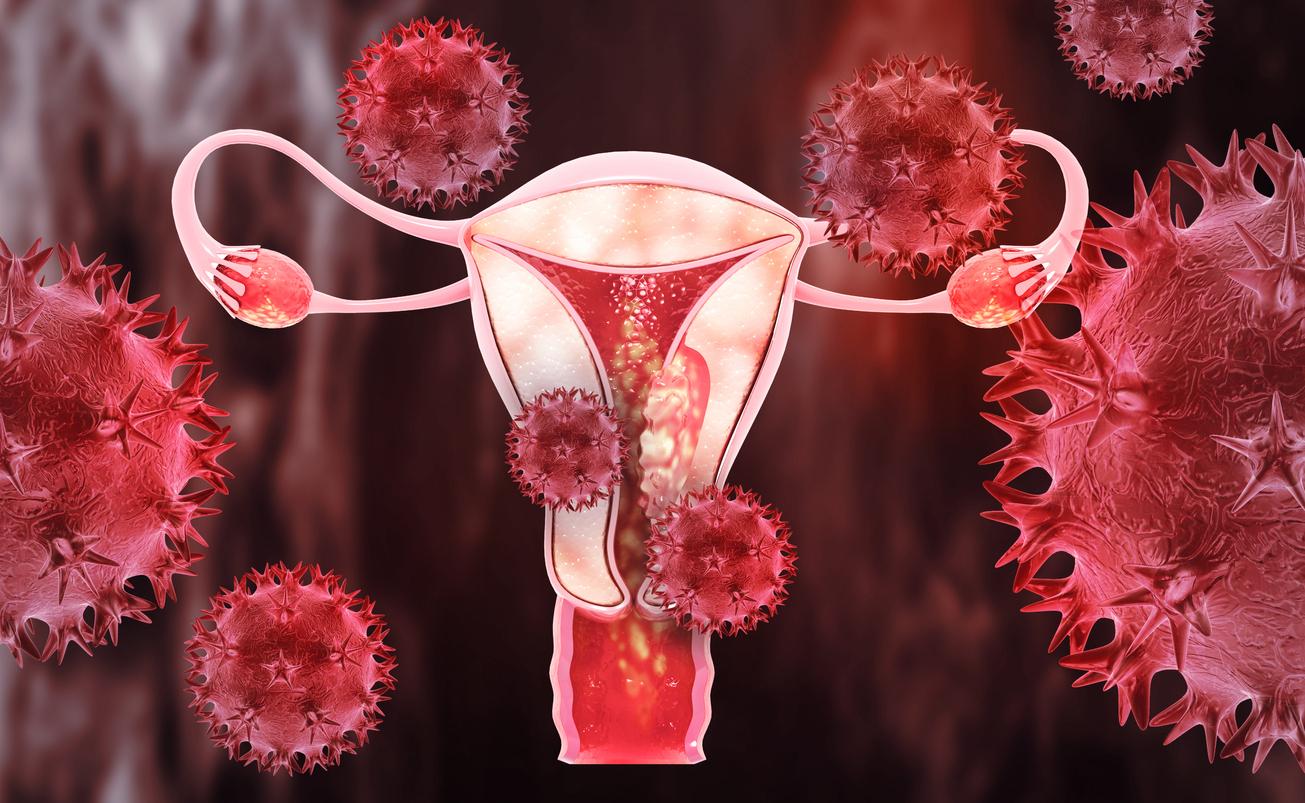This disease transmitted by lice was common during the First World War, because of the rudimentary hygienic conditions of the soldiers in the trenches. Today, it reappears in central Canada, in connection with social misery.
-1607535103.jpg)
- Body lice are responsible for trench fever, a disease discovered during the First World War.
- It results from a lack of hygiene and great precariousness and is extremely debilitating.
It’s the kind of pathology that can make life unbearable. Just like bed bugs, which bring hell to people who have them in their homes, skin lice leave no respite to their carriers. In Winnipeg, in central Canada, cases of trench fever are on the rise. This disease, which we thought was almost eradicated, has resurfaced.
A disease known since the First World War
Trench fever takes its name from the First World War. She was present among the Poilus who were fighting in the trenches and who did not have access to sufficient means to wash themselves. It is caused by bacteria Bartonella quintana, which develops thanks to the lack of hygiene and promiscuity with excrement. The Bartonella quintana reaches humans through body lice, its natural hosts.
While trench fever struck at least a million combatants during the First World War, its existence is more marginal today thanks to improved living conditions and easier access to better hygiene. However, we it is found sporadically among the homeless, people experiencing homelessness or in great precariousness. Body lice mainly nest in clothing and come to suck the blood of humans, which leads to fever.
A disease of social misery
This fever caused by skin lice is brutal with severe flu-like symptoms associated with dizziness and headaches. Patients also have pain in the shins that wake up especially at night, which prevents sleep.
Feverish episodes last for five days before going dormant and coming back soon after, and can last up to six weeks. For its part, the Bartonella quintana can remain in the carrier’s blood for several years. Fortunately, this disease can be cured with a long course of antibiotics, an improvement in personal hygiene and the systematic washing of clothes at 60°C.
For Carl Boodman, the doctor specializing in infectious and microbiological diseases who observed an upsurge in Winnipeg, we must be careful about this disease which would be underdiagnosed. “Certainly, it can be treated with antibiotics, but the problem is that the symptoms are quite vague, but if nothing is done, there can be very serious consequences with a fairly high mortality. The idea is to find these cases before these serious complications. It’s really a tragedy because it highlights the living conditions of homeless people, and we really have a collective responsibility to improve these conditions..”
Trench disease can be seen as a good indicator of fractures in society, especially with regard to hygiene conditions. “It is a disease that is linked to a lack of affordable housing, access to shelters or laundry. This indicates that there is a decline in living conditions,” concludes the doctor.
.















